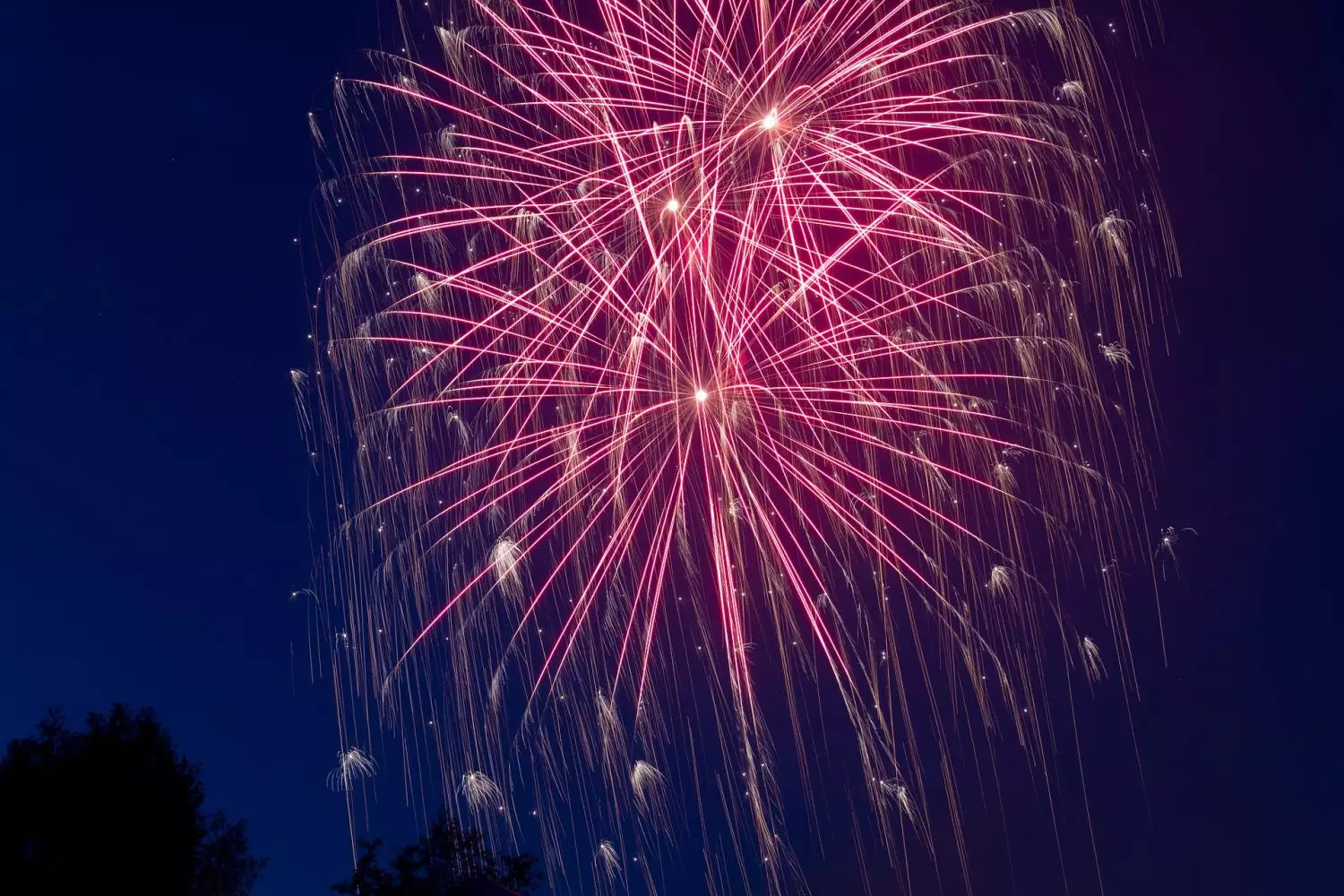As the Fourth of July approaches, excitement mounts across the United States, especially in states like Utah, where fireworks light up the sky in vibrant displays. While revelers eagerly anticipate these jubilant spectacles, a startling reminder emerges from recent research that casts a shadow over our festive cheer. The joy that fireworks bring comes at a significant price—one that threatens our health and well-being. A study conducted by Brigham Young University (BYU) highlights a concerning correlation between fireworks and the deterioration of air quality, underscoring the often-ignored consequences of our beloved Independence Day celebrations.
Unmasking the Dangerous Truth Behind Fireworks
Lead by geology professor Greg Carling, the BYU study unveils a grim reality associated with fireworks: the release of particulate matter (PM) into the atmosphere during celebrations. This particulate matter comprises an insidious mix of microscopic dust, trace metals, and other harmful pollutants that permeate the air we breathe. Of particular concern are PM2.5 particles—extremely small pollutants that can infiltrate deep into the lungs, posing significant health risks for the public.
Carling emphasizes that these pollutants are not just a byproduct of our festive gatherings; they represent a critical health hazard that warrants serious attention. The detrimental effects of such particles are accentuated during the infamous winter inversions and summer festivities, which increase the volume of these harmful pollutants. The alarming revelation from Carling’s team is that contaminants like barium and copper peak in the months when fireworks are most heavily used, shedding light on the connection between celebratory events and air quality deterioration.
The Science of Pollution: Understanding What We Breathe
The intricacies of air pollution are often overlooked in our day-to-day lives, overshadowed by the thrill of fireworks and the camaraderie they foster. Carling’s research confronts this ignorance head-on, seeking to dissect the harmful components of PM2.5 that plague Utahns during these celebratory periods. The findings are unsettling; not only does this particulate matter carry harmful metals like arsenic and lead, but prolonged exposure can induce severe health complications, including respiratory issues and heart disease.
Moreover, the study notes an alarming discrepancy between air and water quality standards. While drinking water safety is rigorously regulated in Utah, the lack of equivalent standards governing airborne pollutants leaves residents vulnerable. Carling’s inquiry compels us to question the adequacy of our current environmental protections and the necessity to broaden our understanding of what constitutes a health hazard.
The Ripple Effect: Metals in Our Environment
Metals that pollute our atmosphere do not remain confined to the air; they seep into the soil and waterways, creating a cycle of contamination that permeates our ecosystem. This reality amplifies Carling’s caveat regarding the persistent nature of particulate pollutants. As they re-enter the ground and waterways, they can contaminate our food supply, impacting both environmental health and human safety.
The implications are dire: these pollutants become a term of cyclical reintroduction into our lives, contributing to disguised health risks that may emerge years after exposure. Carling’s obsession with revealing these dynamics signals a pivotal moment in environmental research, beckoning action from both scientists and policymakers alike to mitigate these challenges.
Championing Change: Towards Responsible Celebrations
Rather than undermining the joy of Independence Day, Carling’s research opens the door to more responsible festivities. He advocates for a shift in public behavior—encouraging communities to favor organized firework displays instead of personal pyrotechnics. By doing so, we not only reduce local air pollution but also promote a communal spirit of celebration that fosters safety and environmental awareness.
As Utahns prepare for the upcoming holiday, it’s vital to recognize our power to choose the well-being of our community over transient enjoyment. Exercising mindfulness about air quality and avoiding outdoor activities during poor conditions are significant steps toward safeguarding our health. Through enhanced public awareness, informed decisions can lead to a reduction in the consumption of harmful fireworks, as well as the potential passage of legislation that limits their use and promotes healthier alternatives.
The joy of community celebrations need not conflict with our commitment to public health. By unveiling the critical intersections between our festivities and air quality, we can cherish our freedoms responsibly, paving the way for celebrations that enlighten rather than endanger.

